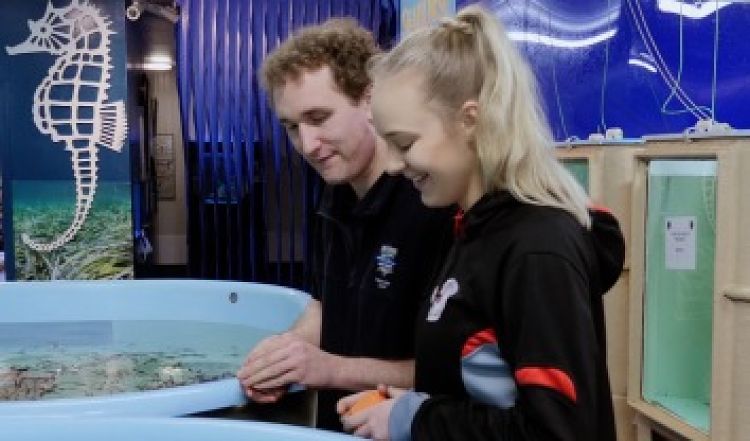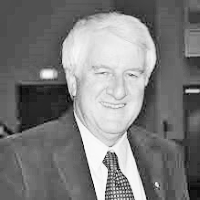Two years ago I wrote an article for the Knowledge Hub in which I outlined the problems facing schools, why they seemed not to be achieving and how they could be helped. The article pointed to significant disengagement of young people and how the way we ‘do school’ was contributing to this problem.
I quoted Sir Ken Robinson, British author, speaker and international advisor on education who described how schools have become:
…impersonal and standardized…typically force feeding students a dried diet of received information. Schools are rooted to the industrial culture of mass production - the fixed lesson periods of ringing bells, the division of students into age groups and the curriculum into separate subjects, and the rigid barriers between school and the world outside.
Critics such as Robinson have long supported making a breakthrough by backing schools which dare to be different. But this has always been an uphill battle. Schools actually compete with each other to be similar, not different - especially to attract those ‘mainstream’ students who can achieve in our regimented system (and reflect well on the school). After all, this is what parents seem to want and sometimes pay big money to get. But students who learn in different ways fall by the wayside.
At that time I also reported on the support provided by the Origin Foundation for a small group of schools which dared to be different. These Big Picture schools, about 40 at the time, were redesigning the structure and purpose of their schools. Students in Years 9-12 remained in one group of 17 with a teacher advisor, their learning based around their passions, strongly project based, cross-curriculum and with increasing rigour. Students were also undertaking an internship outside school: in other words, they were leaving school to learn about things linked to their studies, supported by mentors, parents, peers and teachers.
At that time the Origin Foundation funded a large research project which ended up proving the design. Just as important, Sean Barrett, Head of the Foundation, is still involved – helping Big Picture Education Australia promote the concept, especially with governments and other stakeholders.
Fast forward two years to November 2018 and there has been significant progress. Big Picture has consolidated its presence and noticeably expanded in NSW, Tasmania and Western Australia, has a strong presence in the ACT and is starting to grow in Victoria. It has established excellent relations with school systems authorities, formalising this relationship in New South Wales. It has established links with a dozen universities, expanding the number of Big Picture students undertaking tertiary study.
Earlier this year the second Gonski Review came out strongly supporting a focus on student creativity, engagement and growth – in schools that are adaptive and innovative. The review expressed concern that senior secondary education models have remained substantially the same – and included the Big Picture learning design as a case study of how to do it better.
The last two years has seen the profile of Big Picture increase through media reports including Lateline (ABC) and the Sydney Morning Herald. In January this year Executive Director Viv White was made a Member of the Order of Australia. In November 2018 The Fairfax Media’s Good Weekend ran an extensive feature story on Big Picture schools, entitled ‘There is a better way of teaching bored Australian students’. Writer Sharon Bradley spoke to teachers, principals and researchers and, most important of all, told the stories of some of the students who have benefitted from Big Picture. In Bradley's words Big Picture was “a different type of school, a new type of learning and maybe, just maybe, a better type of life.”
So where to from here?
Big Picture Education Australia (BPEA) remains a small not-for-profit organization, helping schools meet a very big challenge. In a time when so many people talk about school reform, Big Picture is doing it from the bottom-up. From the start Big Picture wanted not only to establish the design in a number of schools but also influence the debate about authentic school innovation, by showing how it is done. With the help of philanthropy it has certainly done that.
In the last two years the strategy has been to consolidate the design and ensure that a number of the schools become demonstration sites. It has long been the case that having school leaders and teachers visit schools that are actually ‘doing it’ is a powerful way to spread the news and influence.
In education, as in other fields of endeavour, true innovators and risk-takers are sometimes very lonely people. Big Picture Education Australia, this tiny not-for-profit company, has for years battled on against the odds, very appreciative of the support provided by the Origin Foundation and others. The combined efforts of these people and the dedicated folk at BPEA has certainly created a better future for so many young Australians – with the promise of more to come.


